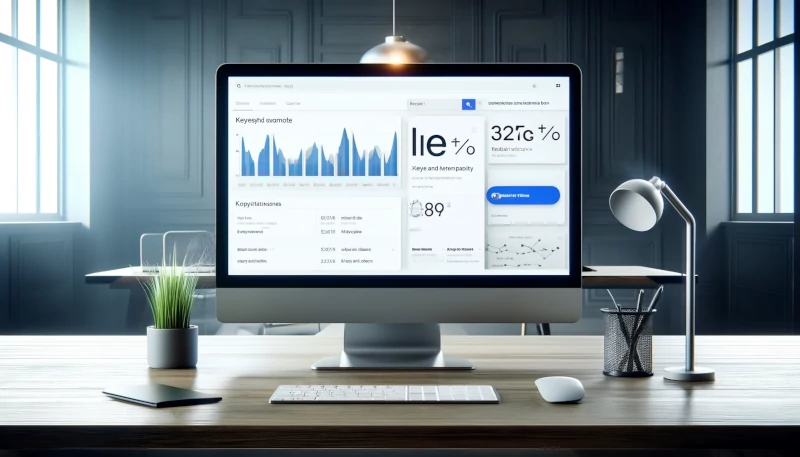Category: ADS Blog
Articles and advice based on our consultancy for Google ADS campaigns useful for those who want to approach this online advertising tool.
-
Goodbye keywords: Google Search ads go keywordless with AI Max
With AI Max, artificial intelligence personalizes Google Search ads by focusing on user intent rather than keywords The age of intent: why keywords are no longer enough For years, Google Search campaigns have been ruled by one principle: whoever masters the keywords, controls the traffic. Brands and marketers perfected strategies based on search volumes, long-tail phrases, and semantic…
Written by

-
Search terms in Google ADS. How to see and manage them
Correctly managing search terms in Google Ads is essential to optimizing advertising campaigns and obtaining maximum ROI. Knowing and analyzing search terms allows you to better understand user intentions and refine keyword advertising strategies. In this article, we’ll explore what search terms are in Google Ads, how to see them, and how to manage them…
Written by

-
Google Ads: Automatically pause for inactive keywords
Google Ads is introducing a new feature that will affect the management of inactive keywords in your ad accounts. Starting in June 2024 , the system will begin to automatically pause keywords that have not shown significant activity , in order to optimize the effectiveness of advertising campaigns. What changes? Keywords defined as “ low…
Written by

-
Google revolutionizes ADS with conversational AI
Google has recently innovated its Google Ads platform by introducing conversational artificial intelligence experiences, promising to make the creation of advertising campaigns faster and more intuitive. With the introduction of conversational prompts, marketers can now develop advertising campaigns more efficiently. Beta access to the conversational experience in Google Ads is currently available to English-speaking advertisers…
Written by

